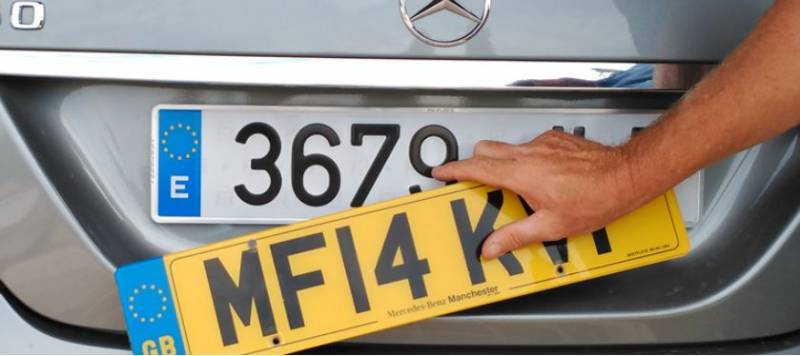Date Published: 07/06/2024
How to import a car to Spain from any country in Europe
Your complete step-by-step guide on registering a foreign vehicle in Spain
Importing cars from abroad rather than buying them in Spain is becoming an increasingly popular option for lots of reasons. However, the process is anything but straight-forward and calls for a series of steps to ensure that the vehicle complies with regulations both in Spain and the European Union.
Below, we’ve detailed the essential steps to follow when importing a vehicle to Spain quickly and relatively painlessly.
1. Buying your vehicle
The first step is obviously buying your car from abroad, and it’s vital to check that the vehicle has European approval or you won’t be allowed to register it in Spain. At the time of purchase, make sure you get the following documents:
- Purchase and sale contract (one for each party)
- Invoice
- Traffic circulation permit
- Technical data sheet
2. Obtaining the Certificate of Conformity
The
Certificate of Conformity (COC) is an essential document that certifies that the vehicle complies with EU standards and regulations. You can request it directly from the manufacturer, or through an official dealer. However, this process can be slow and expensive.
A more efficient alternative is to call in the experts, such as
Car Registrations Spain, who will manage and expedite the process for you.
3. Transporting the vehicle to Spain
The next step is to move your car to Spain. You can drive it yourself or hire a vehicle transport company to take it by road, train or boat. If you’re making the trip yourself, make sure your new car has the proper insurance to cover the trip.
4. Customs procedures and paying taxes
If the vehicle comes from an EU country, no customs duties must be paid, but it is necessary to pay the corresponding VAT (if it is a new car) or the Property Transfer Tax if it’s second-hand and you bought it privately rather than from a dealer. You’ll also be responsible for Registration Tax in the case of brand new cars, which varies depending on the CO2 emissions, as well as the Circulation Tax.
5. Vehicle Technical Inspection (ITV)
Before you can take your new car on the road it, it must pass
the Vehicle Technical Inspection (ITV), which is very similar to the MOT test in the UK. This inspection will verify that the vehicle complies with all the technical and safety regulations in force in Spain. It is important to take all documentation, including the COC, to the ITV service station.
6. Vehicle registration
Finally, with the ITV passed and all your documents in order, the next step is to register the vehicle at the Provincial Traffic Headquarters. You must present the registration application, proof of tax payment, the COC, the ITV certificate, and the vehicle and owner documentation.
Once this process is completed, it will be possible to purchase the vehicle's identification license plates, which will have to be installed on the car.
Take the hassle out of the car registration process and allow the experts handle everything for you. Contact
Car Registrations Spain today for a free quote.
Image: Car Registrations Spain
article_detail

|











